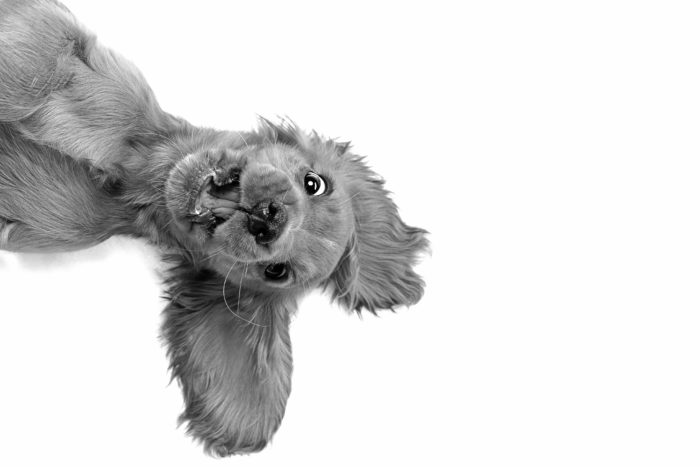100% Management
If things seem overwhelming, you may need to examine how much free time the pup has. Is there any unattended time? 100% management also includes backyard time. Not providing your puppy with full supervision and management is a very common mistake that many new puppy people make. It is much easier to prevent problems than correct them. If you don’t, he may develop habits you can’t live with. And ultimately the dog pays for it in the end. It is not the pup’s responsibility. It is yours.
It would be unrealistic to assume you can watch over your dog 24 hours a day, seven days a week. This is where a crate comes in. Please refer to House Training for more information on crate training.
Another thing to avoid doing is screeching the word NO! The word is negative and overused and if heard often enough the dog will start to tune it out. When you need to run interference, be fair, kind and consistent, and make it count as a learning opportunity. Please read on to learn more about how you can do this.
Don’t roll the dog on his back or try to muscle him into some submissive state. These are uneducated myths concerning control and leadership. They do not work and more importantly they most certainly will create more trouble.
There are appropriate ways to manage your pup’s time and set them up to make the right choice. There are also inappropriate ways. Never hit your dog. Avoid screaming at the dog; never rub your dog’s nose in a bathroom accident. Don’t roll the dog on his back or try to muscle him into some submissive state. These are uneducated myths concerning control and leadership. They do not work, and more importantly, they most certainly will create more trouble.
Left to their own devises a puppy will make puppy choices. Your job is to set the stage so your puppy is most likely to make the right decision. You can do this by utilizing management in the form of gates, crates and leashes. Staying engaged with your pup when they are out of their crate or safe zone and by supplying lots of enriching chew and work to eat opportunities.
If you are feeling overwhelmed by your pup’s behavior look at the amount of unsupervised time he has. Are there places that you can provide more structure?
Here are suggestions to avoid problem patterns from developing.
After playing or teaching provide your pup with some downtime or something to chew.
Provide long tug toys and bully sticks to redirect a biting puppy.
Pay extra close attention to a puppy around children.
Keep a leash on in the house to prevent cat or kid chasing.
Pay attention when your pup wakes up from a nap (not in the crate) in order to get him out for a bathroom break.

Puppy getting a bit of quiet, safe downtime

